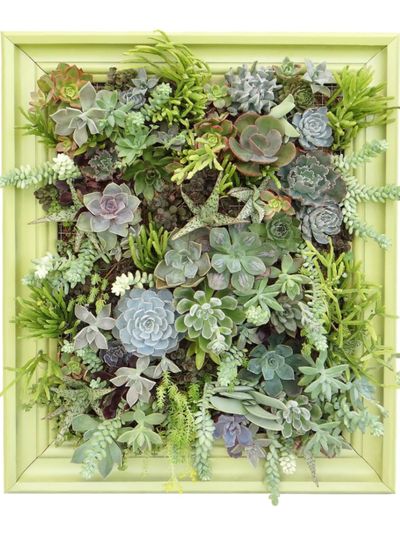Creating a Living Succulent Wall
A wall that appears to be only plant material is enjoying success in many commercial landscapes and even indoors. Succulent wall displays in or around businesses are usually maintained through hydroponics (water growth) and often too pricey and complicated for the home gardener. However, there are plans for succulent wall planters growing in traditional soil situations that are simple and affordable. Sometimes a handmade shelf with several levels is built from wood. Others may be adapted from a metal shelf unit or a series of long plastic planters. Ledges may be customized to any type of expertise. From the simplest to more complex forms, creating a decorative shelving unit does not have to be complicated. Be sure to add or allow drainage options. Choose succulents that cascade to help create the appearance of a living wall. Ledges may be freestanding or up near a wall. Build them to support themselves, so that weight and moisture isn’t transferred to an existing wall or fence nearby.
Vertical Succulent Gardens
Frames are a popular way to display succulents vertically. Normally, these frames are no bigger than 20 x 20 inches (50 x 50 cm.). They are often used in groupings, making them appear larger. Some are covered with wire to hold the soil in. Others are compartmentalized. The general idea is to let roots develop to help hold the soil when it is positioned vertically. Sempervivums are often used as plant material in the smaller living walls. These develop a strong root system to hold soil in. This type of plant is available in numerous colorful rosette forms and can take the cold during winter. Combine with different varieties of creeping stonecrop for added color and interest. Smaller living walls in frames should remain horizontal until roots develop to hold plants in well.
